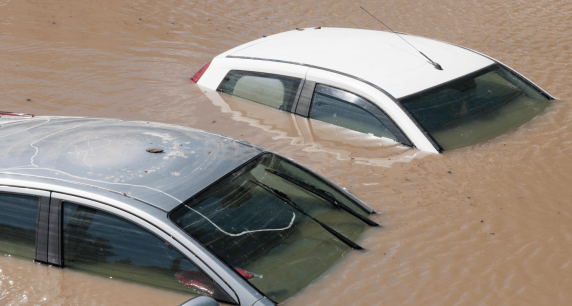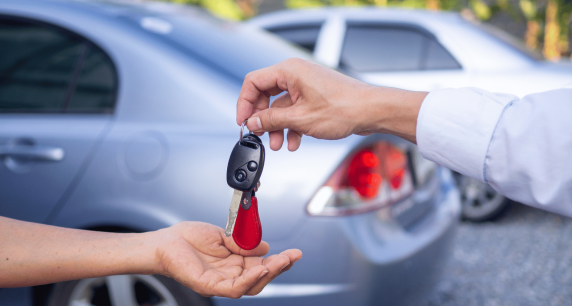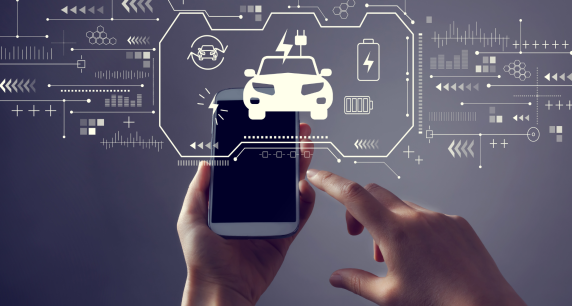When You Have Cruise Control Problems
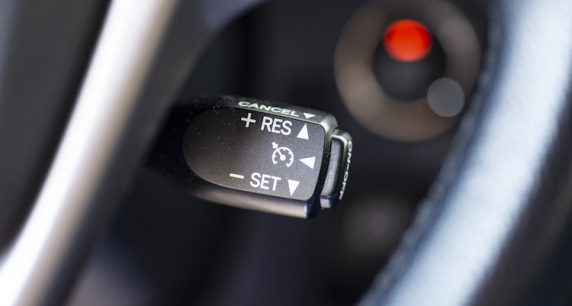
Ah, cruise control! Once considered a vehicle luxury, now it’s a necessity for most drivers. If you have ever had to drive a long stretch of highway you can appreciate the absolute convenience of cruise control and the beauty of “set it and forget it.” So, what exactly is cruise control and how does it work? In this blog, we cover some basic information about this system in your vehicle and what kind of cruise control problems can occur.
AN OVERVIEW OF CRUISE CONTROL
Here’s how a conventional cruise control system works:
- Inside your vehicle’s engine, exists a throttle body – a component of your fuel injection system.
- The throttle body controls the amount of air intake to your vehicle engine.
- Under normal driving circumstances, the driver uses the gas pedal to control the throttle and either open or limit the amount of air into the fuel injection system, thus, controlling how fast or slow a vehicle goes.
- A vehicle that is equipped with cruise control provides an alternative to the driver using the gas pedal.
- Cruise control is hooked up to a cable that is powered by an actuator, or basically, a motor.
- When a cruise control is activated, it will send a signal to the actuator which then operates the cable to open or close the throttle.
There’s obviously much more to how the cruise control works, but this is it in a few simple steps.
More modern cruise control systems operate through the use of wireless technology to send signals and control the throttle. Additionally, advanced cruise control systems have features such as adaptive cruise control. Adaptive cruise control is a way to manage speed and distance from vehicles traveling in front of your vehicle.
Now that we have reviewed some basic information on how cruise control works, let’s touch upon a few problems that you might experience when the system is not operating properly.
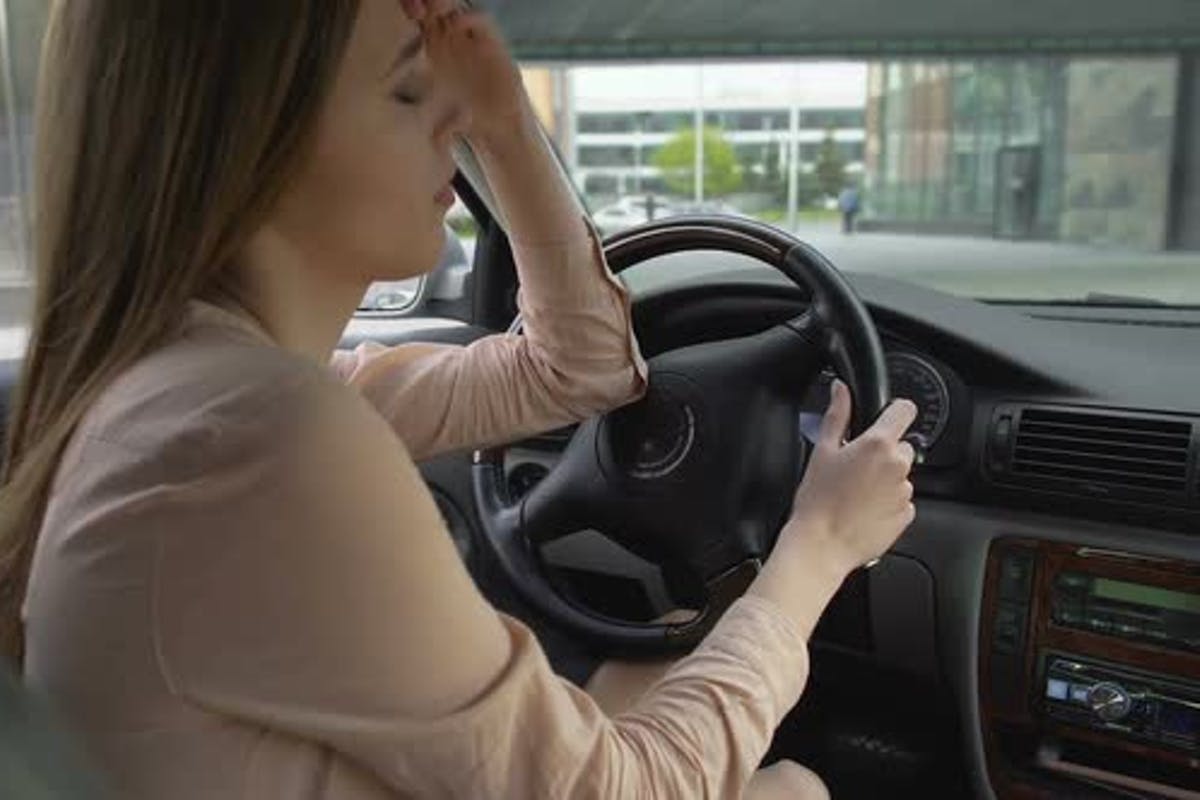
WHEN YOU HAVE CRUISE CONTROL PROBLEMS
Just like all other engine components, the cruise control system can malfunction at times. Usually, system malfunction is the symptom of another issue within your vehicle.
These are the more common cruise control problems that you might experience:
- Vacuum Leaks: Vacuum actuators are part of older cruise control systems and sometimes can develop a small leak, resulting in a malfunction to your cruise control.
- Faulty Fuse or Relay: Fuses and switch relays can play a part in your cruise control. There are fuses that may be blown or faulty and prevent your cruise control from working.
- Faulty Controls: Cruise control systems are activated by a set of switches, usually as part of the steering column to make it convenient for the driver. If those switches or even wiring are damaged, this can impact your cruise control system.
- Brake Lights/Switch: A basic safety feature of any cruise control system is the ability to disengage the cruise when the driver needs to resume his or her control of the vehicle. This is done by depressing the brake pedal. If there is a faulty wire or switch tied to the brake pedal, the cruise control may not function properly.
- Check Engine Light: As a safety precaution, when your vehicle’s check engine light comes on and you may be experiencing some type of engine failure, your cruise control system will not work. This signals a bigger issue that you should address immediately with a qualified service professional.
- Vehicle Speed Sensor: Every vehicle has a sensor to gauge the speed of the vehicle and display that speed on your dashboard. If there is a faulty sensor or a problem communicating your vehicle’s speed, this will disable your cruise control.

